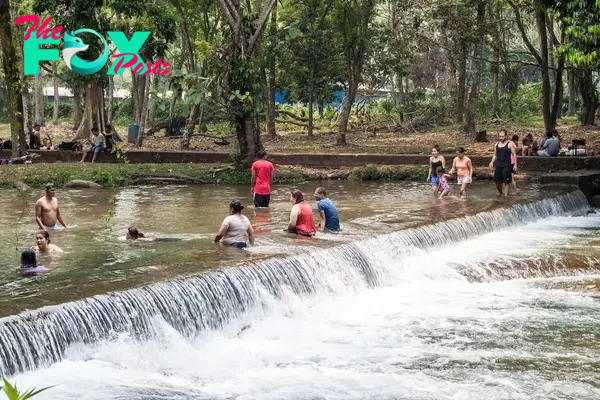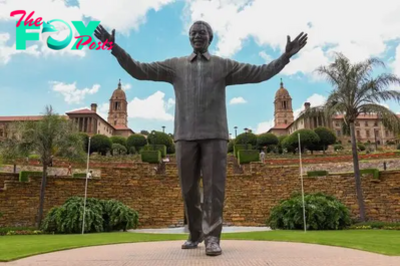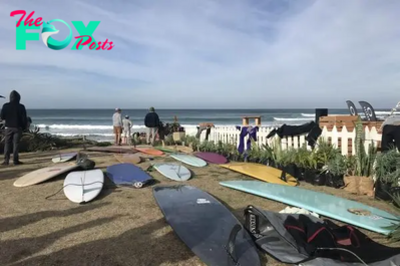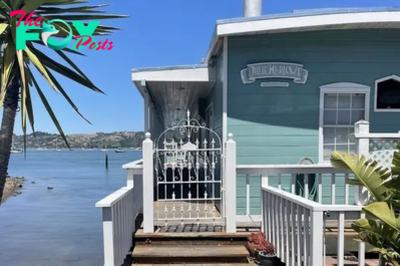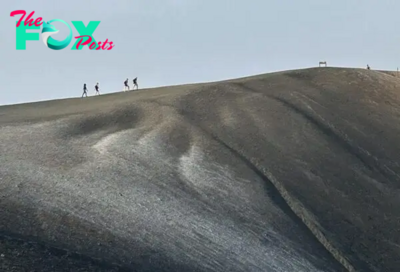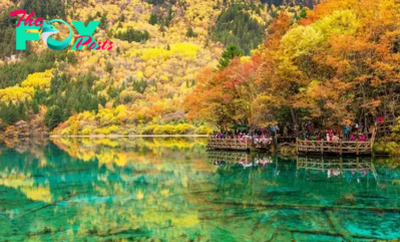Travel
Everything You Should Know about Visiting Pulhapanzak Waterfall
A short drive from the hugely popular destination Lake Yojoa, you’ll find one of Honduras’s most spectacular natural wonders, Pulhapanzak Waterfall. It stands at 43 metres (140 feet) high and is the largest waterfall in the country.
While this beautiful waterfall is incredible from the outside, adventure enthusiasts flock here not just for its allure. There’s also an extreme hike you can take behind this titan of a cascade that should only be braved by the boldest Travellers.
I decided to take on this challenge some months back and let me tell you; it isn’t for the faint-hearted. But, if you’re a sucker for a hit of adrenaline and like a bit of risk, you don’t want to miss out on this heart-pounding experience. To give you more information on this hardcore hiking expedition, I’ve written this guide with all the need-to-know details.
What is the Extreme Hike at Pulhapanzak Waterfall?

Pulhapanzak Waterfall is located a couple of hours from both of Honduras’s main cities, San Pedro Sula and Tegucigalpa. Most people who come here end up staying around Lake Yojoa as I did. It’s a lovely little spot where many Honduras go on their vacation.
The waterfall itself is the main attraction here. However, there’s also an extreme hike you can do for an extra fee. A local guide takes you for a full-on trek behind the waterfalls, where you climb up ropes across massive boulders into secret passages behind the many cascades while clinging on to ropes for dear life and diving into deep plunge pools.
I won’t lie; I’ve had some pretty wild Travel experiences over the years, but this is up there with the craziest.
Insider tip: Make sure you wear comfortable shoes that you don’t mind getting wet, ideally water shoes. You won’t be allowed to take part if you’re wearing flip-flops. They do offer shoes for an added fee at the hut, where you put on your helmets and lifejackets, but I just wore my runners.
How to get to Pulhapanzak Waterfall

Getting to Pulhapanzak Waterfall is an adventure in itself. I went to Lake Yojoa from the town of Copan, which borders Guatemala. This was a gruelling travel day that involved a couple of sweaty buses in 35°C heat. First, I had to take a public bus with Casasola Express to San Pedro Sula, which took around five and a half hours. The bus dropped me off at San Pedro Sula’s main bus station, which is very safe even though San Pedro Sula has a dangerous reputation.
There were a couple of stalls selling bus tickets to Lake Yojoa. I bought one from there, and the journey took about three hours; we got a flat tyre, which took some time to change.
From Lake Yojoa, the best way to get to Pulhapanzak Waterfall is by taking the bus. In fact, it’s actually the bus that I took to the lake, but it’s going back the opposite way towards San Pedro Sula. It’s only around a 20-minute drive, but be prepared to wait as it is Latin America, after all.
Insider tip: If you’re uncomfortable about taking the public bus from Lake Yojoa to Pulhapanzak, you can ask your hotel/guesthouse to order you a taxi, but it will be a lot more expensive.
Cost of the Extreme Hike
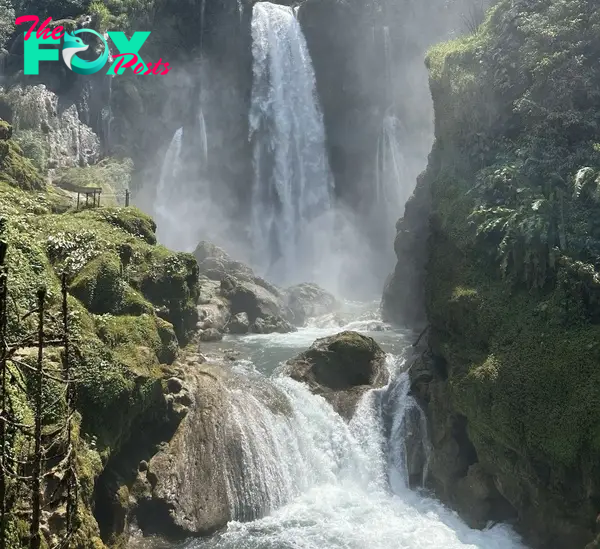
When you get to the front desk at Pulhapanzak Waterfall, you’ll have to pay an entry fee of 80 Lempira (€3.03). Everyone has to pay this, so even if you’re not doing the hike, make sure to bring some cash with you.
The person working at the desk will ask if you want to pay for any add-ons, which is what the hike is. I said no at the start, as I wanted to walk down to the waterfall to see it before signing up for anything.
Afterwards, I walked back to the desk and asked if I could sign up, and the man led me to an office where I could pay. The price was 450 Lempira (€17.06), which included the tour itself, helmets and lifejackets.
Insider tip: If you don’t have any Lempira to hand, they also accept US Dollars as a form of payment.
The Preparations
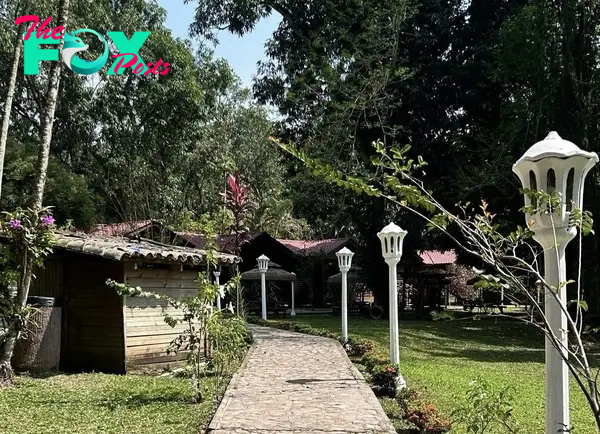
Before the fun begins, your guide will run through a quick brief with you to let you know how things will go. Everyone will have to wear a lifejacket or helmet, and there’s no way around this, as the team members who work there have to cover themselves.
Our guide spoke Spanish and English and said everything in both languages, which was very useful from a safety point of view. There were ten people in total in our group, a nice number; any more than that, I could imagine it would be quite dangerous.
Once everyone is geared up, you’ll make your way down towards the entrance gates of the waterfall. The walk takes around ten minutes; be sure to go slow as the steps are steep, and you might fall if you’re not careful. Eventually, you’ll come to a massive steel gate with a lock on it; your guide will open it for you all to walk in.
Wait until you hear the sound of the thumping waterfall crashing down. It’s quite unnerving, especially when you realise you’re about to go in there.
Before the hike began, our guide took a person in our group phone who had a waterproof case on and took some photos of us all together; it was great to have some sort of memory of such a savage excursion.
Insider tip: Don’t take along any valuables with you on the hike. You will get absolutely drenched, so it’s best not to risk anything.
The Hike Into the Waterfall

Our guide led the hike into the first plunge pool, which was an ice-cold reminder of what we were putting ourselves through. Next, he signalled us to follow him as we couldn’t hear a thing he was saying due to the crashing noise from the water falling onto the rocks.
We climbed across huge boulders while the water slammed onto our heads before reaching Zone 1, a little cave on the waterfall’s left side.
After we all gave our guide the thumbs up, it was time for Zone 2, which was much more challenging. We had to keep our heads pointed down, as there was so much water falling on us that I could barely see a thing.
Attached to the rock wall was a long rope we had to hold on to and lift our legs up to Zone 2. My vision was a complete blur, so I just had to trust myself and keep pushing on behind the person in front.
At the end of Zone 2, we entered another cave and stopped for a couple of minutes before moving on to Zone 3, my personal favourite. This was insane; we literally rock-climbed our way right under the main waterfall up to a high point using another rope.
At this point, we were directly behind the crash point of the waterfall; the rush of adrenaline that took over my body was unlike anything I’d ever experienced.
Insider tip: If you can, I would bring some goggles with you to protect your eyes, ones that aren’t dark, as that type might be dangerous.
The Descent
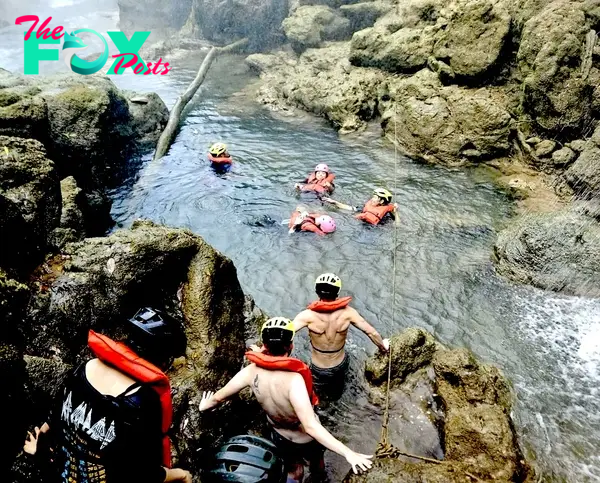
While we weren’t up totally high, the descent was a serious challenge due to the power of the water crashing down on us. There was only one way back down, and that was the way we came up, so we got to experience it all over again.
Personally, I felt that descending required more attention because we were walking down slippy rocks, which could be a hazard, so be sure to take extra care.
Eventually, after getting through the three zones in one piece, we got back to the first plunge pool we jumped into and were allowed to spend some time swimming in there while soaking up an incredible view of the waterfall. Our guide allowed us to stay for around 10 minutes and took plenty of photographs of us.
Insider tip: Don’t forget to grab a snap at the Pulhapanzak Waterfall sign before you exit the steel gate. It will be on your left-hand side as you start to walk out towards the exit.
Getting Back to Lake Yojoa
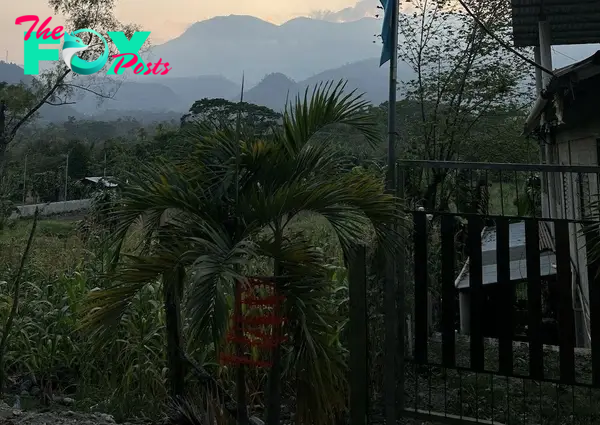
Depending on the time of day you visit Pulhapanzak Waterfall, getting back to Lake Yojoa can be tricky since it’s in the middle of nowhere. You’ll have to get the bus you took; the stop is around a 10-15 minute walk back to the main road. Unfortunately, you just have to wait for it to come and hope for the best, which isn’t ideal in the dark, so plan accordingly. Luckily, the buses are quite frequent, so you shouldn’t have to wait too long.
When I was there, I was walking back towards the main road to get the bus, and an old man pulled up in his truck and asked me if I wanted a ride, so I jumped in the back of the trailer, and off we went. It’s amazing how far a bit of broken Spanish can get you in Central America.
Insider tip: There will be a person working on the bus collecting money on the way to Pulhapanzak Waterfall. Ask them what the last time of departure will be from San Pedro Sula so you can get an idea of when you should leave to get the bus back to Lake Yojoa.
-

 Travel2d ago
Travel2d agoWinston Churchill’s 1905 Pocket Watch Is Going to Auction This May
-

 Travel3d ago
Travel3d agoEnter a World of Imagination at Island Shangri-la’s New Family Suites
-
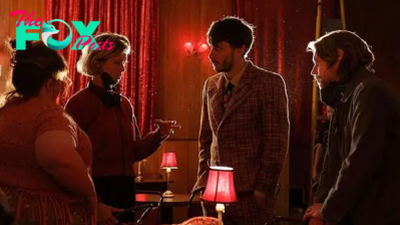
 Travel5d ago
Travel5d agoExplore the Filming Locations of Baby Reindeerin UK and Edinburgh
-
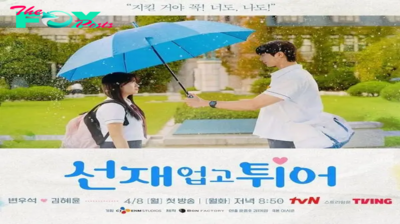
 Travel5d ago
Travel5d agoTravel to the Stunning Lovely Runner Shooting Locations Across Korea
-
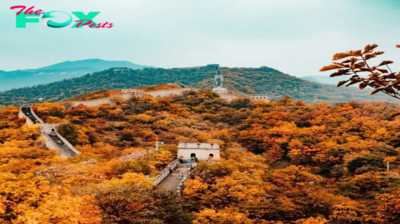
 Travel6d ago
Travel6d agoChina Extends Visa-Free Travel to 12 Countries Till 2025
-
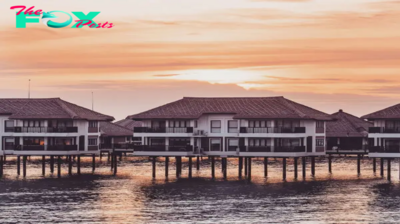
 Travel1w ago
Travel1w agoExplore These Stunning Beach Resorts Near Kuala Lumpur in 2024
-
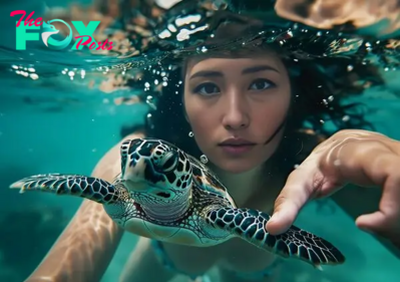
 Travel1w ago
Travel1w agoThe First AI Travel and Hospitality Influencer is Here
-
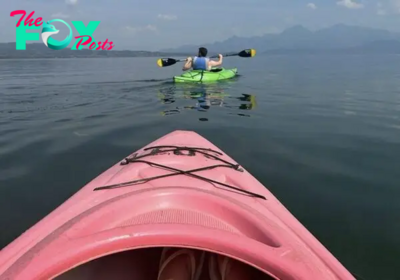
 Travel1w ago
Travel1w agoBest Things to Do at Lake Yojoa in Honduras

